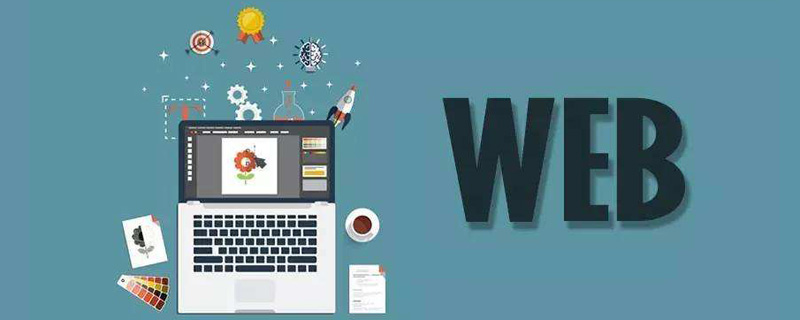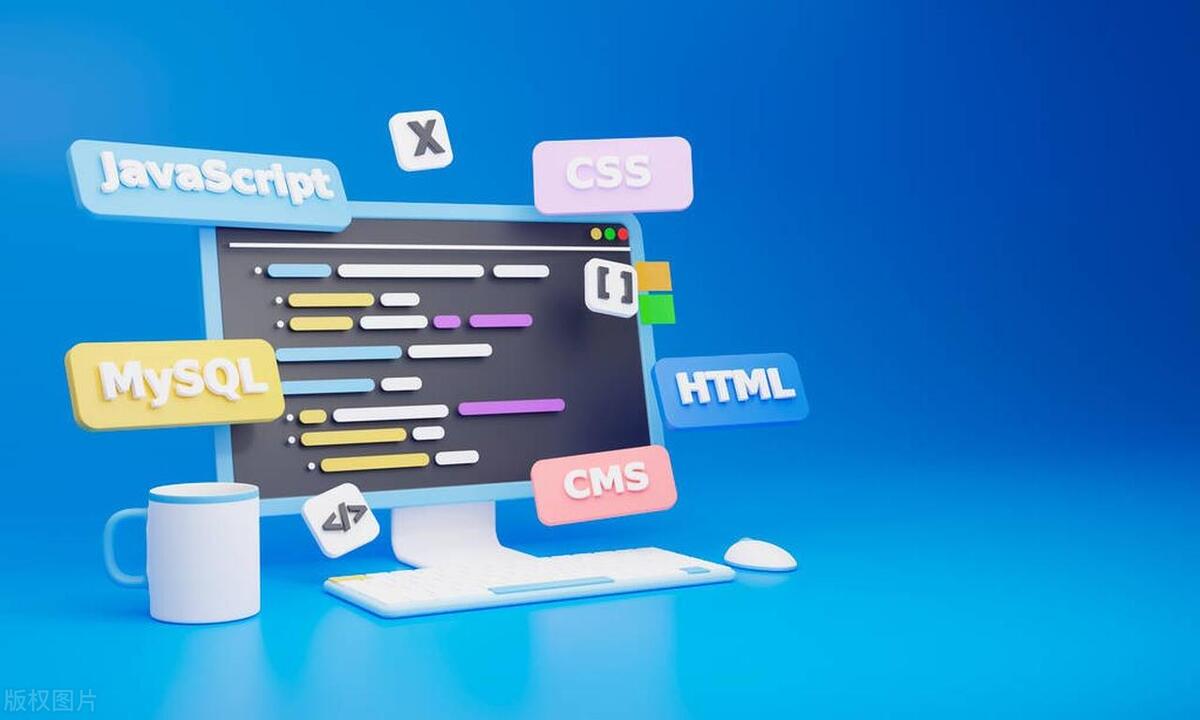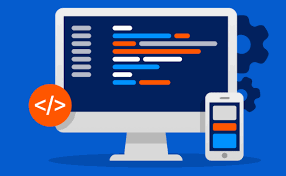 Web Front-end
Web Front-end
 Front-end Q&A
Front-end Q&A
 Employing CSS Pseudo-elements for Targeted Styling (e.g., ::before, ::after)
Employing CSS Pseudo-elements for Targeted Styling (e.g., ::before, ::after)
Employing CSS Pseudo-elements for Targeted Styling (e.g., ::before, ::after)
Jul 06, 2025 am 02:30 AMCSS pseudo-elements::before and ::after can be used to insert content or apply styles without modifying HTML. 1. It can be used to add decorative elements, such as quotes or icons, and can be achieved by setting content attributes and corresponding styles; 2. It can enhance the button or link effect, such as displaying double-layer borders during hovering, and create dynamic transitions using absolute positioning and transparency changes; 3. It was used to clear floats to fix layout problems, and the layout closure is completed by inserting hidden elements behind the container and applying the clear attribute. It is now rarely used, but it is still applicable to legacy code.

You can use CSS pseudo-elements like ::before and ::after to insert content or apply styles without modifying the HTML. These tools are especially handy when you want to add decorative elements, icons, or subtle layout tweaks directly through CSS.

Adding Decorative Elements with ::before and ::after
One of the most common uses for pseudo-elements is adding small visual touches that don't need HTML markup. For example, you might want to put a little icon before links or add quotation marks around a blockquote.

To do this, you set the content property (which is required), then style it as needed:
blockquote::before {
content: """;
font-size: 2em;
color: #888;
} This adds an opening quotation mark at the beginning of every <blockquote> . You can adjust size, color, spacing — anything you'd normally style.

A few quick tips:
- Always include
content: ""even if it's empty. - Use
display: inline-blockorblockif you need more control over spacing. - Positioning works well here — try
position: absolutefor custom layouts.
Enhancing Buttons or Links Without Extra Markup
Pseudo-elements let you create hover effects, background layers, or borders without extra HTML elements. For instance, if you want a button with a double border effect on hover, you could layer one border using ::after .
Here's how:
.button::after {
content: "";
position: absolute;
inset: -2px;
border: 2px solid #007BFF;
opacity: 0;
transition: opacity 0.3s;
}
.button:hover::after {
opacity: 1;
}This creates a smooth reveal of a secondary border when someone hovers over the button. The benefit? Cleaner HTML and more modular styling.
Some other ideas:
- Add a background overlay on hover.
- Create toolstips or badges dynamically.
- Style the first letter of a paragraph differently (like in magazine drop caps).
Clearing Floats or Fixing Layout Issues
Before Flexbox and Grid became standard, developers used ::after to clear floats. While not as common now, it's still useful in legacy code or when working within constraints.
The trick involves inserting an element after the floated ones and clearing it:
.clearfix::after {
content: "";
display: table;
clear: both;
}Apply this class to any container holding floated items, and it will properly contain them. It's a small but powerful fix that avoids adding extra divs just for layout.
Basically, pseudo-elements gives you more styling flexibility without changing your HTML structure. They're simple once you get used to the syntax and behavior — and they open up a lot of creative options.
The above is the detailed content of Employing CSS Pseudo-elements for Targeted Styling (e.g., ::before, ::after). For more information, please follow other related articles on the PHP Chinese website!

Hot AI Tools

Undress AI Tool
Undress images for free

Undresser.AI Undress
AI-powered app for creating realistic nude photos

AI Clothes Remover
Online AI tool for removing clothes from photos.

Clothoff.io
AI clothes remover

Video Face Swap
Swap faces in any video effortlessly with our completely free AI face swap tool!

Hot Article

Hot Tools

Notepad++7.3.1
Easy-to-use and free code editor

SublimeText3 Chinese version
Chinese version, very easy to use

Zend Studio 13.0.1
Powerful PHP integrated development environment

Dreamweaver CS6
Visual web development tools

SublimeText3 Mac version
God-level code editing software (SublimeText3)

Hot Topics
 How can CSS be used to implement dark mode theming on a website?
Jun 19, 2025 am 12:51 AM
How can CSS be used to implement dark mode theming on a website?
Jun 19, 2025 am 12:51 AM
ToimplementdarkmodeinCSSeffectively,useCSSvariablesforthemecolors,detectsystempreferenceswithprefers-color-scheme,addamanualtogglebutton,andhandleimagesandbackgroundsthoughtfully.1.DefineCSSvariablesforlightanddarkthemestomanagecolorsefficiently.2.Us
 Can you explain the difference between em, rem, px, and viewport units (vh, vw)?
Jun 19, 2025 am 12:51 AM
Can you explain the difference between em, rem, px, and viewport units (vh, vw)?
Jun 19, 2025 am 12:51 AM
The topic differencebetweenem, Rem, PX, andViewportunits (VH, VW) LiesintheirreFerencepoint: PXISFixedandbasedonpixelvalues, emissrelative EtothefontsizeFheelementoritsparent, Remisrelelatotherootfontsize, AndVH/VwarebaseDontheviewporttimensions.1.PXoffersprecis
 What are CSS Houdini APIs, and how do they allow developers to extend CSS itself?
Jun 19, 2025 am 12:52 AM
What are CSS Houdini APIs, and how do they allow developers to extend CSS itself?
Jun 19, 2025 am 12:52 AM
CSSHoudini is a set of APIs that allow developers to directly manipulate and extend the browser's style processing flow through JavaScript. 1. PaintWorklet controls element drawing; 2. LayoutWorklet custom layout logic; 3. AnimationWorklet implements high-performance animation; 4. Parser&TypedOM efficiently operates CSS properties; 5. Properties&ValuesAPI registers custom properties; 6. FontMetricsAPI obtains font information. It allows developers to expand CSS in unprecedented ways, achieve effects such as wave backgrounds, and have good performance and flexibility
 How can CSS gradients (linear-gradient, radial-gradient) be used to create rich backgrounds?
Jun 21, 2025 am 01:05 AM
How can CSS gradients (linear-gradient, radial-gradient) be used to create rich backgrounds?
Jun 21, 2025 am 01:05 AM
CSSgradientsenhancebackgroundswithdepthandvisualappeal.1.Startwithlineargradientsforsmoothcolortransitionsalongaline,specifyingdirectionandcolorstops.2.Useradialgradientsforcirculareffects,adjustingshapeandcenterposition.3.Layermultiplegradientstocre
 What is the significance of Vue's reactivity transform (experimental, then removed) and its goals?
Jun 20, 2025 am 01:01 AM
What is the significance of Vue's reactivity transform (experimental, then removed) and its goals?
Jun 20, 2025 am 01:01 AM
ReactivitytransforminVue3aimedtosimplifyhandlingreactivedatabyautomaticallytrackingandmanagingreactivitywithoutrequiringmanualref()or.valueusage.Itsoughttoreduceboilerplateandimprovecodereadabilitybytreatingvariableslikeletandconstasautomaticallyreac
 What are the key differences between inline, block, inline-block, and flex display values?
Jun 20, 2025 am 01:01 AM
What are the key differences between inline, block, inline-block, and flex display values?
Jun 20, 2025 am 01:01 AM
Choosing the correct display value in CSS is crucial because it controls the behavior of elements in the layout. 1.inline: Make elements flow like text, without occupying a single line, and cannot directly set width and height, suitable for elements in text, such as; 2.block: Make elements exclusively occupy one line and occupy all width, can set width and height and inner and outer margins, suitable for structured elements, such as; 3.inline-block: has both block characteristics and inline layout, can set size but still display in the same line, suitable for horizontal layouts that require consistent spacing; 4.flex: Modern layout mode, suitable for containers, easy to achieve alignment and distribution through justify-content, align-items and other attributes, yes
 How can internationalization (i18n) and localization (l10n) be implemented in a Vue application?
Jun 20, 2025 am 01:00 AM
How can internationalization (i18n) and localization (l10n) be implemented in a Vue application?
Jun 20, 2025 am 01:00 AM
InternationalizationandlocalizationinVueappsareprimarilyhandledusingtheVueI18nplugin.1.Installvue-i18nvianpmoryarn.2.CreatelocaleJSONfiles(e.g.,en.json,es.json)fortranslationmessages.3.Setupthei18ninstanceinmain.jswithlocaleconfigurationandmessagefil
 How does provide and inject allow for deep component communication without prop drilling in Vue?
Jun 20, 2025 am 01:03 AM
How does provide and inject allow for deep component communication without prop drilling in Vue?
Jun 20, 2025 am 01:03 AM
In Vue, provide and inject are features for directly passing data across hierarchical components. The parent component provides data or methods through provide, and descendant components directly inject and use these data or methods through inject, without passing props layer by layer; 2. It is suitable for avoiding "propdrilling", such as passing global or shared data such as topics, user status, API services, etc.; 3. Note when using: non-responsive original values ??must be wrapped into responsive objects to achieve responsive updates, and should not be abused to avoid affecting maintainability.





